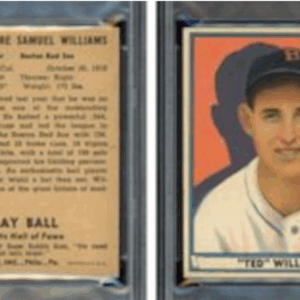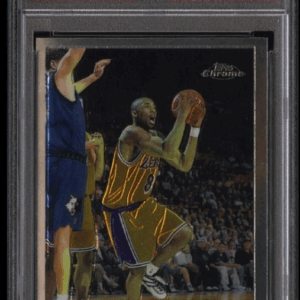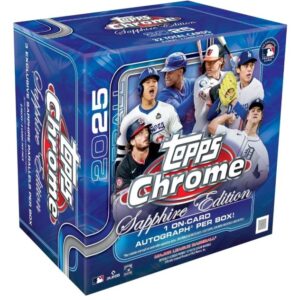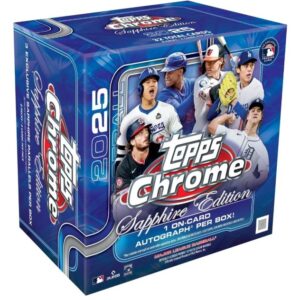In the world of collectibles, timing and presentation are nearly as important as the treasures themselves. Whether it’s a rare first edition comic book or a prized vintage magazine, enthusiasts eagerly await grading results: the magic number enshrined in plastic that can turn a collector’s item into a show-stopping spectacle—just what every collector dreams of parading on their shelves. So, when PSA announced its new comic and magazine grading service, hopes—and expectations—ran high across the hobby landscape.
Yet, like a comic hero stumbling over their own cape, what was promised to be a sprint has turned into something of a slog. Instead of the expected 20-day jaunt, collectors now find themselves on a 75-day journey before discovering their grading fate. If you had plans to dash off a batch of magazines for a quick turnaround, best refill the patience jar or perhaps consider alternatives.
PSA’s grand entrance onto the comic and magazine scene came with much fanfare—particularly via their shrewd market move to introduce special launch pricing: a mere $25.99 for modern issues (circa 1975-present) with a value cap under $400, and $39.99 for their vintage cousins. But as the grading timeline stretched longer than a Silver Age annual, some in the collecting corners are pondering the real value of the exercise.
Rumors swirl through the comic geek grapevine, suggesting unexpected tariff troubles and production issues have thrown a wrench in PSA’s well-oiled plans. Their sleek new magazine-size slabs were envisioned as a linchpin of the launch—which is now looking more pinched than lifted. September, it seems, has been whispered as the magical month when these elusive slabs might finally transform into reality.
Not all news springs from Pandora’s box. Shining a little more optimism onto the disheartened collectors is PSA’s new pressing service. Priced at a reasonable $11.99 for modern items and $29.99 for vintage, pressing promises to gently iron out those troubling creases from covers—material and metaphorical with a touch of artistry. Yet, there lies a twist. This pressing enchantment comes with a clause: every item in your batch must undergo the same treatment—it’s a one-size-fits-all spell, but at prices so beguiling, some might not mind the lack of flexibility.
And then there’s the matter of appearances, the aspect that brings a twinkle to a collector’s eye—the label. In this realm, PSA’s offering is still very much in the shadow of its illustrious competitor, CGC. While CGC goes out of its way to delight collectors with character artwork on their labels—a small flourish that transforms a mere enclosure into an eye-catching conversation piece—PSA’s labels remain regrettably drab, evoking a nostalgia more suited to yesteryear than any vibrant display case of today.
It’s a curious choice: to enter a market so driven by aesthetics and remain resistant to leaps in style and design. When half the enjoyment of collecting lies in the art of the showcase, one would anticipate a contemporary vision scintillating from PSA’s presentation. Alas, their labels might suit historians rather than custodians of collectibles, their design too plain amid the kaleidoscope of potential.
In a marketplace where hype is often as volatile as the ink on fresh newsprint, CGC continues to build momentum with its flair for vividness and express turnarounds. Theirs is a standard that feels as if it was conceived on an assembly line of imagination—a quality that commands attention and admiration. Should PSA wish to cement its status as more than a footnote in the magazine grading annals, a brush-up on the art of the possible might just steal the show. Presently, PSA’s slabs are distinguished more by their waiting period than by the plastic allure clinging to them.
Still, every great enterprise deserves a chance to find its footing. Perhaps this hiccup is merely the prologue to a narrative of success yet untapped. But certainly, any breakthrough will require not just trimming seconds off the grading clock but also, quite crucially, dousing their efforts with a splash of inventive design. For now, collectors must weigh their options; embracing this current PSA purview or venturing where palettes and papyrus meet more colorfully at CGC. One thing’s for sure though—the collectible community will be watching, and if anything, hoping for just the right alchemy of speed, value, and visual panache.






